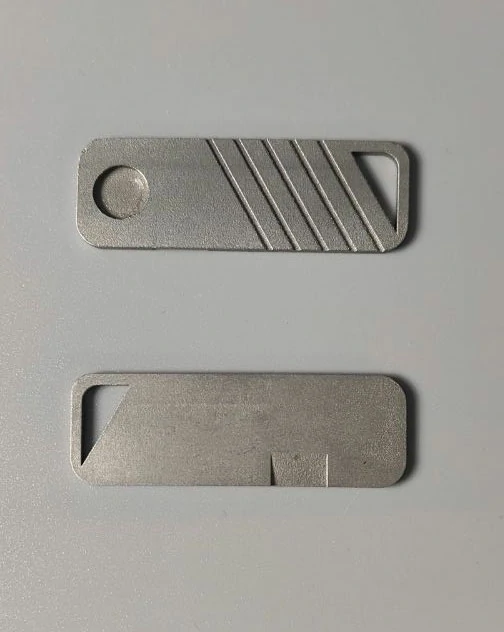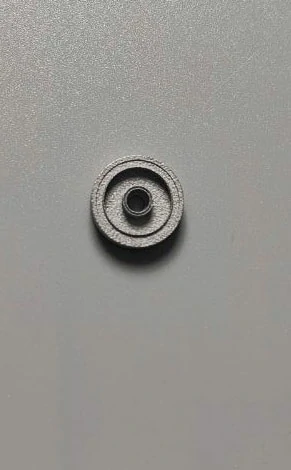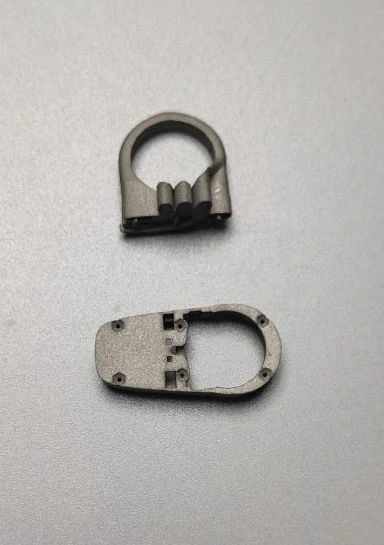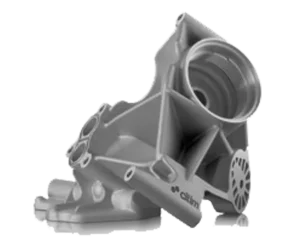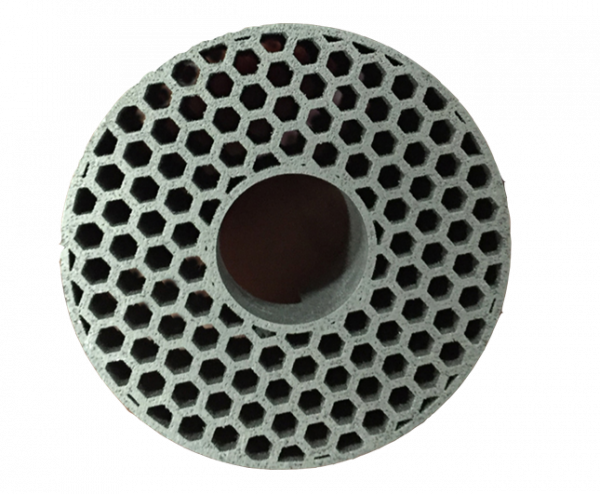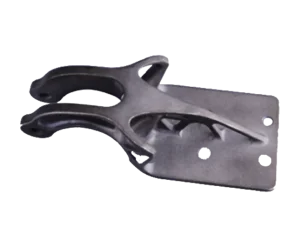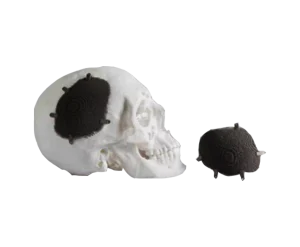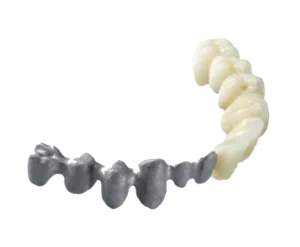Metal 3D Printing Materials
There are many kinds of 3D printing technology. Correspondingly, there are also many 3D printing materials. According to the metal properties of materials, they can be divided into metal 3D printing materials and non-metal 3D printing materials. In addition, non-metallic 3D printing materials are less than metallic 3D printing materials.
A variety of methods for 3d metal printing exist, but the two most commonly seen types are deposition and direct metal laser sintering (DMLS). Deposition or “spray” type printing involves spraying powder into the path of a laser, which can be mounted as a 5 axis head. While this method is relatively faster, the movement of the powder produces parts which are more porous and less accurate, limiting the application of this process primarily to repair work and welding. DMLS printing, on the other hand, is slightly more time consuming, but producing parts with significantly greater accuracy and material properties nearly identical to traditional stock materials.
While the material properties my be the same as traditional materials, the process and application of 3d metal printing is quite different from traditional processes, with its own advantages and challenges.
Metal 3D printing materials mainly include the following:
Here are the parts printed by LAVA through DMLS 3D printing technology and printing materials (stainless steel, aluminum alloy):
